Chapter 16: remembering Apollo 11
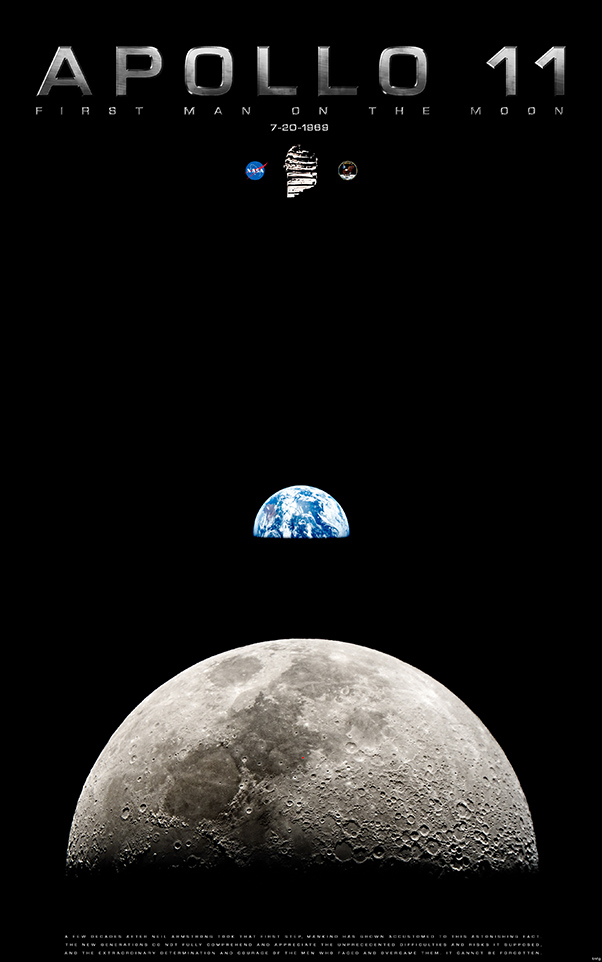
On July 20, 1969, Apollo 11 landed humans on the Moon for the first time (right on the red spot). From there they took this picture of the Earth, that is now part of global culture (click to enlarge).
If you want to know what this blog is about…
The feat we took for granted
We are reaching the 45th anniversary of man’s first landing on the Moon. Just a few decades after Neil Armstrong took that first step, mankind has grown accustomed to this astonishing fact. It is part of our culture. However, by becoming an old story we have ceased to see it for what it was. We just say the phrase, we acknowledge the fact, without really thinking about it, about its meaning, about how difficult and improbable a cause that was, how unthinkable. Our attention is often more focused in conspiratorial theories around it, or the wonderful mockumentary called “Dark Side of the Moon”, involving Stanley Kubrick, the filming of 2001 and the Apollo 11 mission. We take this incredible feat for granted.
The same way many of the people who lived through this have failed to transmit its relevance properly, the new generations are failing to fully comprehend and appreciate the unprecedented difficulties and risks it supposed, or the extraordinary determination and courage of the men who faced and overcame them. This cannot happen. We need to re-remember, we need to retell, to rethink this moment when, for a few hours, mankind stood in two different stellar bodies for the first time ever.
This cannot be forgotten.
Apollo 11: Against all odds
First thing we often do wrong when thinking about going to the Moon is considering how hard it would be now. And it is pretty hard, but we see it as something relatively feasible. Instead of going to the ISS, you turn left and go a little further. We are talking about going to Mars and we are sending all sort of robots and vehicles there with what appears little effort and great success, so going to the Moon cannot be that hard, right? Wrong.
Those guys in NASA put three guys on the Moon 45 years ago. That is close to half a century. Just to explain it a little graphically, this was a cutting-edge telephone then.
The Apollo’s Guidance Computer (AGC) ran on 2k of RAM and 32 k of ROM. The operating system could multi-task 8 jobs at a time. I remember my first computer, a Sinclair ZX Spectrum from 1981 had 16k of RAM. This is how games looked.
And this was twelve years later and 8 times more powerful. In 1969 there were no video-games, of course. There were some computer games, but not accessible to people on the street. It took another three years to get this:
No internet, no ABS in cars, no airbags, no cellphones, no LCDs no microprocessors, no VCRs, Not even Apple! Things now obsolete had not been created yet. Long distance calls would be directed by an operator. An operator is this:
Concepts like global warming, greenhouse effect, recycling, sustainability, etc. did not exist in our minds. T-rex still dragged its tail sluggishly, Neanderthals walked hunched and looking hangover… These people went to the Moon and back using nothing of what we would now consider indispensable. Knowing much less of materials, physics, chemistry, medicine, space… We are further from them now than the Moon was then. And still they did it. They were shot in a rocket, headed towards the Moon, left a ship orbiting the satellite while another landed, they walked on the Moon, retrieved samples, took off, rejoined the orbiter, returned to Earth, entered the atmosphere and touched back down in the Pacific ocean. The Apollo 11 Mission covered some 830,000 n miles in over 8 days in outer space.
Three men, a small step, one giant leap.
Lest we forget
We cannot just tell the following generations that Apollo 11 went to the Moon in 1969. That doesn’t cover it. Not even close. We need to give them the context, the full picture, the epic. We were talking the other day about those men who set out to sail around the world, facing incredible risks, we tried to give a little context of what sailing around the world actually meant then, because it has nothing to do whatsoever with doing it now. The same happens with the Apollo 11. We have to tell it and we have to tell it right. Otherwise we know the fact, but not the meaning, and that is just, ironically, one small step from actually ignoring it altogether.
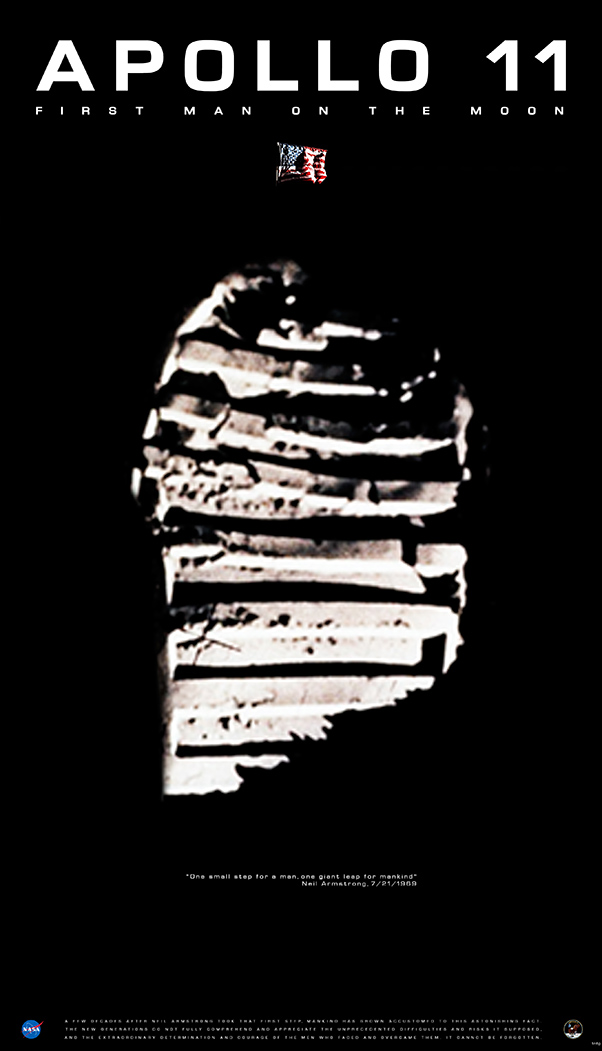
A footprint on the Moon. Small step for a man, giant leap for mankind. Pretty accurate definition (click to enlarge).
About the Pictures
The two images for sale in this post are collages of NASA images, except for the shot of the Moon, which is mine. I enjoy astronomy and have a couple of telescopes. I shot this through my ETX-125 using my usual camera. Then worked on it a little to get it just so. The text is mine, save for Armstrong’s quote. Both pictures are part of my series “take nothing for granted”. For more images with inspiring messages like these ones, you can visit this Gallery. For more images of the Moon, including the mysterious X on the Moon, you can see my Moon Gallery.
This pictures can be printed in photo paper, canvas, metal or acrylic surface from 8″ to 48″, or in greeting card format. You can check them by clicking the images above. I am all in for customizing pictures. All of them can be retouched in many ways, texts added, altered, changed or deleted. Ask freely.
Related Posts
3 Responses to Chapter 16: remembering Apollo 11
Leave a Reply
« Chapter 15: girl at spiral staircase, Rome Chapter 17: time travel to the stone age »








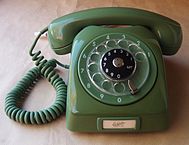
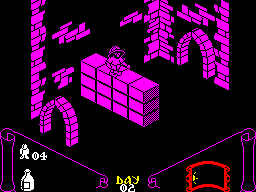
!["Pong" by User:Bumm13 - Originally upload at en.wikipedia.org [1]. Licensed under Public domain via Wikimedia Commons - http://commons.wikimedia.org/wiki/File:Pong.png#mediaviewer/File:Pong.png](http://inspiringthoughtsandimages.com/wp-content/uploads/2014/07/640px-Pong.png)
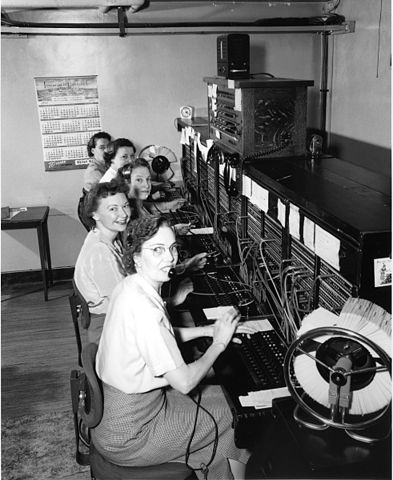

93iqnt
This is great Weston; I remember watching the moon landing, sitting terrified that something tragic would happen and they wouldn’t make it back. It really did seem an impossible feat at the time. And you’re right, it must be almost impossible for the younger generation to understand the enormous accomplishment this really was. You’ve made that understanding just a little easier here. Great Job! shared on facebook
Thank you, Pamela. I was born later and didn’t have the chance to live this event. However, it took me a while to stop and think about something I had always known. If you think about it for a while, it just seems impossible.